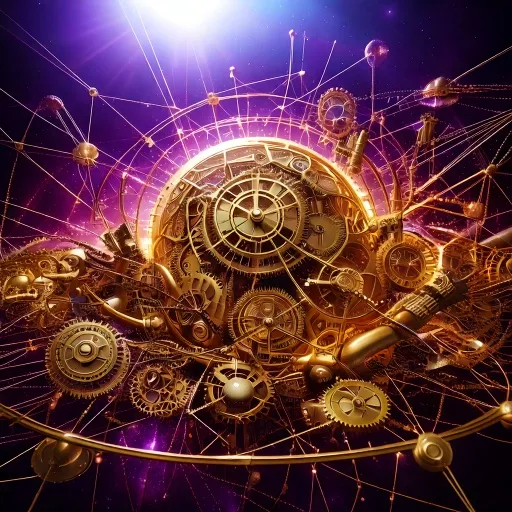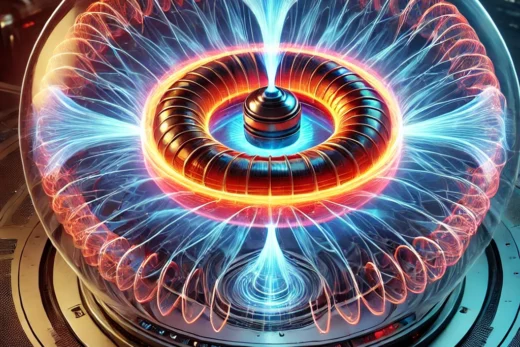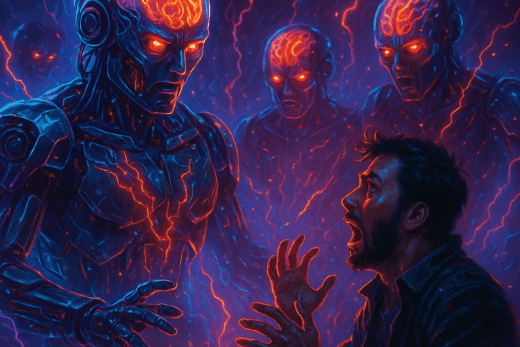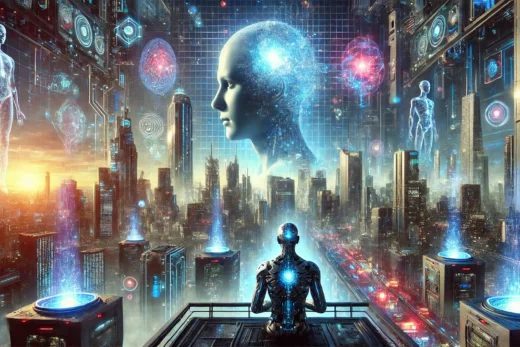
The Global Consciousness Project (GCP) — sometimes called the Global Consciousness Effect — is one of the most fascinating, controversial, and thought-provoking ongoing experiments at the intersection of psychology, physics, and collective human behavior. It explores a deeply unconventional question:
Can human consciousness — especially when synchronized across large groups — measurably affect the physical world?
Let’s unpack what this means, how it’s being studied, and what the data might suggest.
Origins and Purpose of the Global Consciousness Project
The Global Consciousness Project began in 1998 under the direction of Dr. Roger D. Nelson, who was then a researcher at Princeton University’s Engineering Anomalies Research (PEAR) Laboratory.
The PEAR Lab had already spent decades studying whether human intention or consciousness could influence physical systems, particularly Random Number Generators (RNGs) — machines that produce unpredictable sequences of 0s and 1s based on electronic noise.
After the lab showed small but statistically significant deviations in RNG behavior when people focused intention on them, Nelson and colleagues decided to scale the experiment globally.
They wanted to know:
- If many people focused on a shared event (like a global tragedy, celebration, or moment of prayer),
- Could the collective emotional and mental focus produce measurable patterns in otherwise random systems around the world?
How the Experiment Works
The Global Consciousness Project operates a network of RNG devices placed at universities, research labs, and private sites in more than 70 locations worldwide.
Each RNG constantly produces streams of random binary data, which are sent to a central server at Princeton for continuous analysis.
Here’s the process:
- Normal State: Under normal conditions, RNG outputs fluctuate randomly, forming what’s known as white noise—a purely statistical pattern with no predictable structure.
- Global Events: When major world events occur that evoke shared emotional responses—terrorist attacks, mass meditations, natural disasters, large celebrations—the GCP team marks those time periods for analysis.
- Data Analysis: They look for departures from randomness during those moments. The hypothesis: large-scale coherence in human emotion or attention might somehow reduce randomness in the RNG data.
Key Findings and Patterns
Over more than two decades, the GCP has gathered billions of data points and logged hundreds of global events.
The results show small but consistent statistical deviations from expected randomness during periods of high collective attention. Examples include:
- September 11, 2001: RNGs around the world began to show increased order several hours before the first plane struck the World Trade Center and continued during the event.
- New Year’s celebrations: Year after year, the global network shows measurable coherence around midnight UTC, when billions of people focus on a shared moment of transition.
- Large meditations and global prayers: Events like the World Peace Meditation or the Dalai Lama’s global prayers have also coincided with notable deviations.
These effects are typically very small — on the order of fractions of a percent — but the statistical significance over hundreds of events has been estimated at odds of more than a million to one against chance.
Theoretical Interpretations
No one knows how or why this happens — if it happens at all — but several frameworks have been proposed:
1. Field Consciousness Hypothesis
Consciousness might not be confined to individual brains but instead exist as a nonlocal field that connects all minds at a subtle energetic level.
When large numbers of people experience strong emotions or unified attention, this field could become more coherent — producing measurable physical effects.
2. Quantum Entanglement Analogy
Some theorists suggest that consciousness operates similarly to quantum entanglement, where distant particles influence each other instantaneously.
Mass focus or emotion could momentarily create a kind of quantum coherence across the human network, subtly influencing systems that rely on quantum randomness.
3. Information Resonance Model
From a systems perspective, global consciousness might act like a resonant information field, amplifying patterns of meaning across the planet when many minds align emotionally.
This doesn’t require “energy beams” from the mind — it could be more like synchronization in complex systems, similar to how oscillators or neurons naturally entrain.
Skepticism and Criticism
Mainstream science remains skeptical, for understandable reasons:
- Causality Problem: There’s no accepted mechanism showing how human thought could influence hardware RNGs separated by vast distances.
- Data Mining Concern: Critics argue that post-hoc selection of “global events” could introduce bias—correlations might appear simply because of flexible interpretation.
- Reproducibility: While statistical deviations are reported, replicating the findings under controlled lab conditions remains difficult.
Nevertheless, even skeptics acknowledge the rigor of the data collection. The database is open to the public, allowing independent researchers to test their own hypotheses.
Why It Matters
Whether or not the Global Consciousness Effect proves to be a true physical phenomenon, the project touches on something profound:
that human consciousness may be interconnected in ways science is only beginning to explore.
Even if the data were purely symbolic, the implications remain powerful:
- It highlights humanity’s emotional synchrony during shared events.
- It shows that global attention and empathy can be measured at scale.
- It invites scientists to rethink the assumption that mind and matter are wholly separate.
In Broader Context
The Global Consciousness Project is part of a larger movement known as noetic science, championed by the Institute of Noetic Sciences (IONS) — founded by Apollo 14 astronaut Edgar Mitchell after experiencing a profound sense of unity while viewing Earth from space.
Together, GCP and IONS aim to understand consciousness not merely as a byproduct of brain activity, but as a fundamental element of the cosmos — one that might interact with physical systems under certain conditions of coherence.
Summary
| Aspect | Description |
|---|---|
| Founded | 1998, Princeton University (Dr. Roger Nelson, PEAR Lab) |
| Core Question | Can collective human consciousness influence physical systems? |
| Method | Global network of Random Number Generators monitoring deviations from randomness |
| Findings | Small but significant anomalies during major global emotional events |
| Interpretations | Field consciousness, quantum coherence, or information resonance |
| Criticism | Lack of clear mechanism; questions about data selection and causality |
| Significance | Suggests possible nonlocal connections among human minds and matter |
Final Thought
Even if future science concludes that the Global Consciousness Effect isn’t a measurable physical influence, the project remains a beautiful metaphor — and possibly more than that.
It reminds us that our shared emotions, focus, and empathy are not isolated phenomena.
When billions of minds turn their attention to the same event — whether through grief, awe, or hope — something in the global field of experience changes.
Perhaps, as the GCP suggests, consciousness is not just within us.
It is between us — a planetary web of awareness quietly shaping reality in ways we are only beginning to measure.



